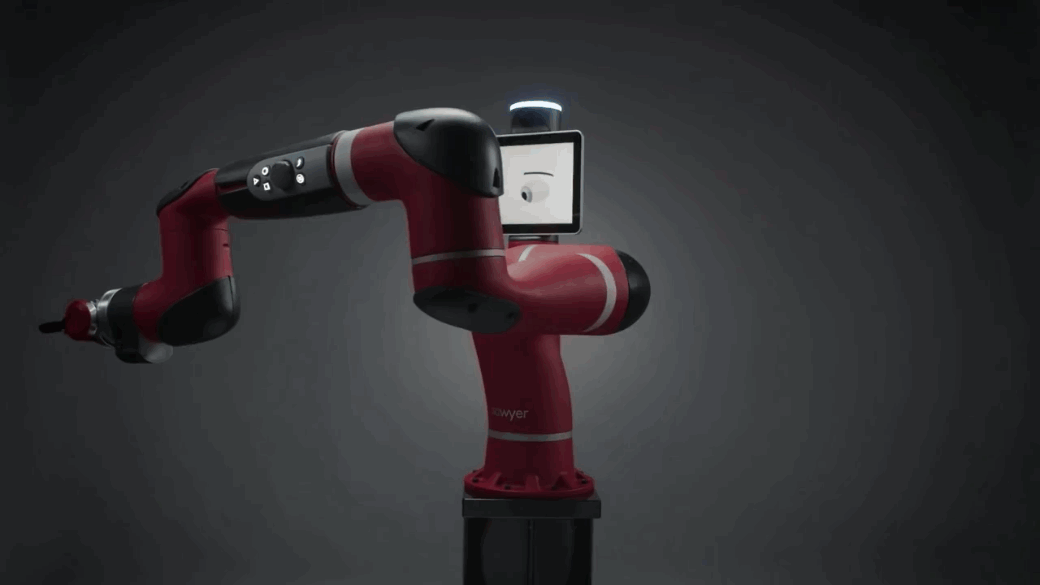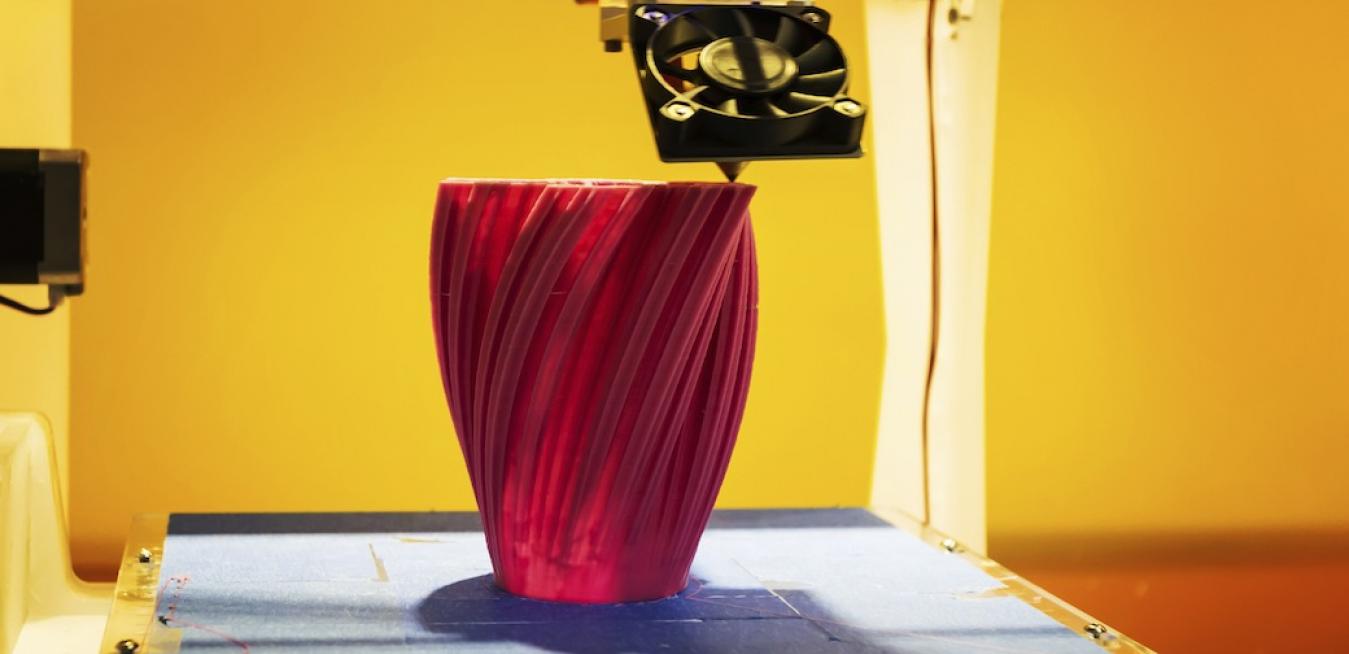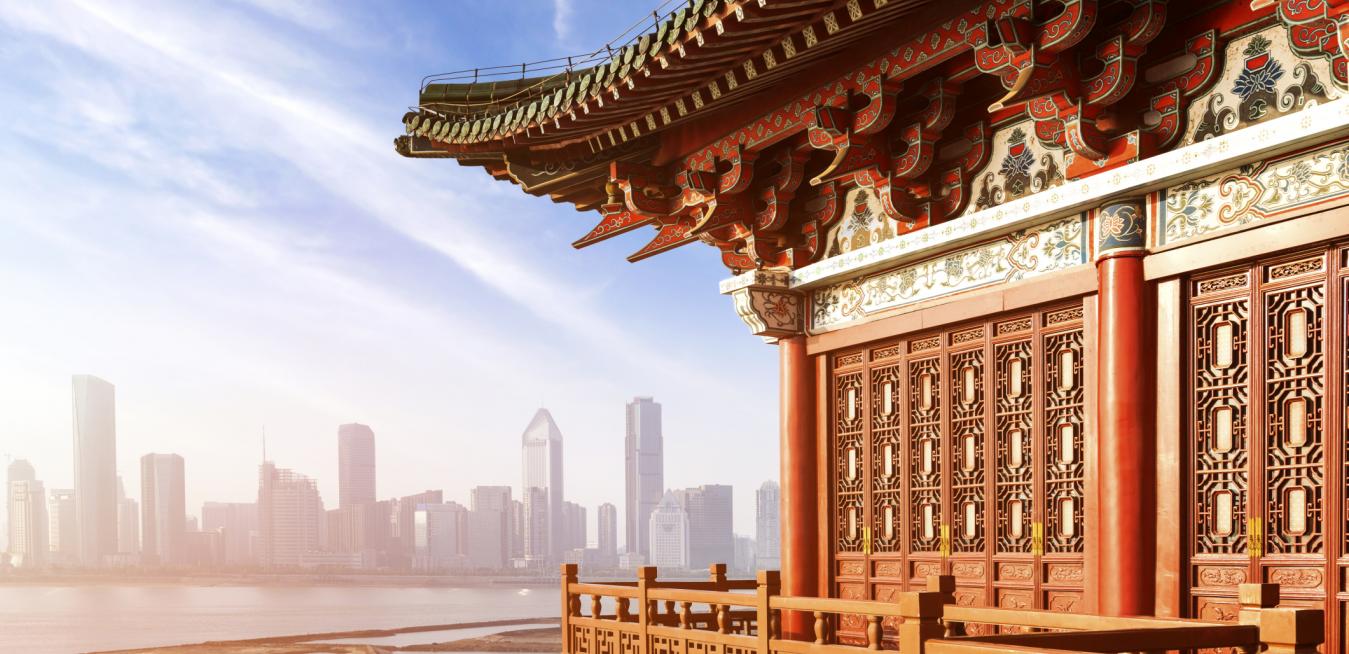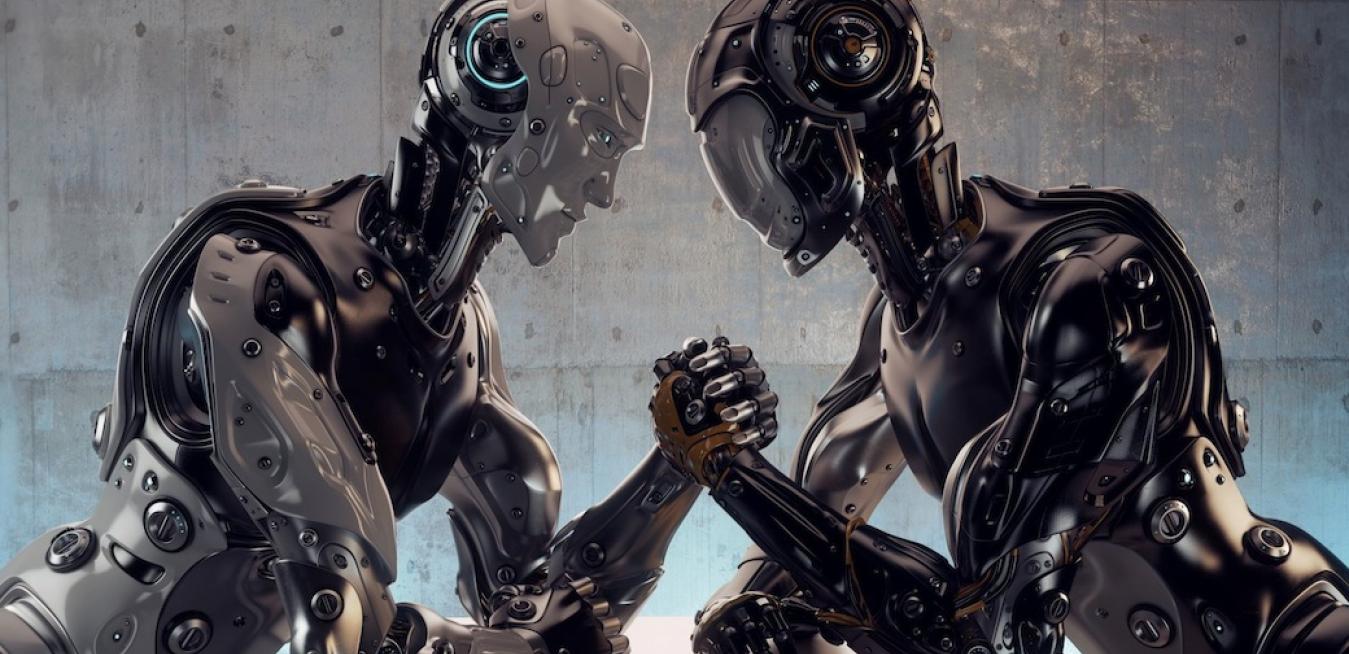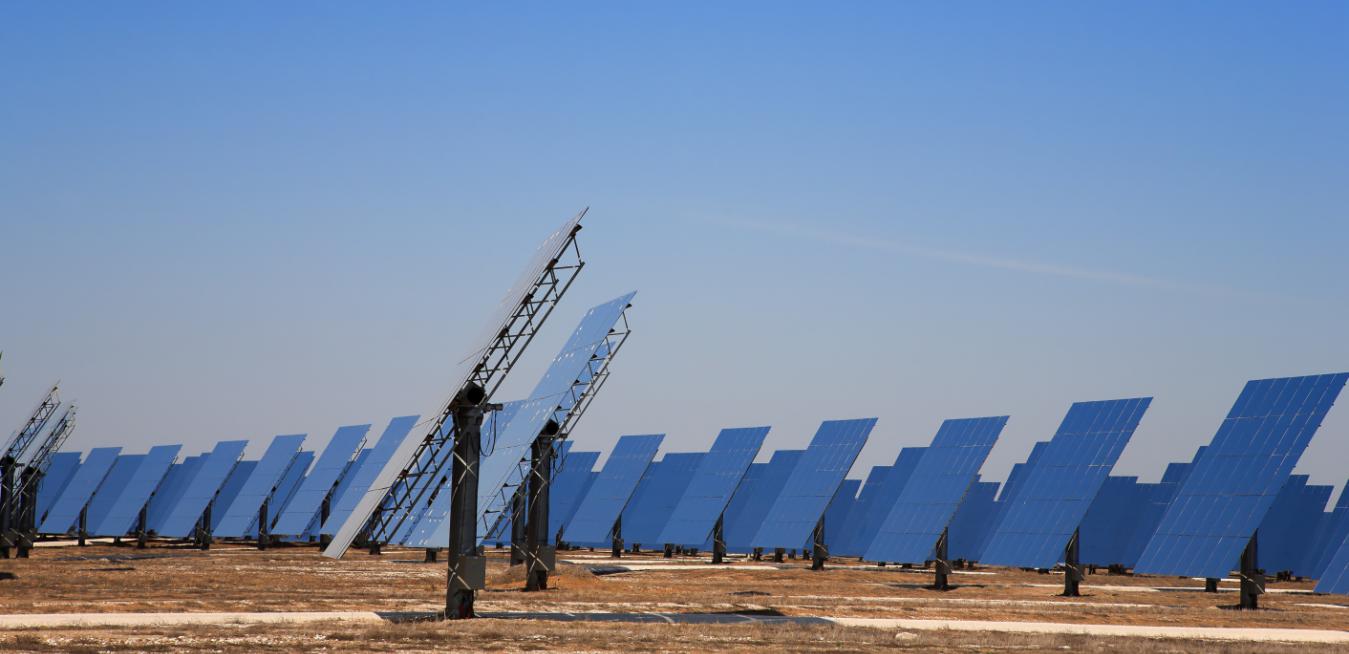At the intersection of mind and machine, manufacturing is poised for transformation. Here are three challenges industry faces in order to capitalize on advances in robotics and the Industrial Internet.
By embracing “bottom-up” innovation, the U.S. government can help advanced manufacturing respond to the speed and complexity of technological change.
Gaining a national edge in the advanced manufacturing space typically isn’t a “top down” process, especially given the speed of technological change. Given that, one of the great strengths of the Obama administration’s National Network for Manufacturing Institutes (NNMI) initiative has been its vision of competitive, “bottom up” project selection and governance.
The forces of technological change and geopolitical decentralization are set to transform the world over the next five years. Here are the three biggest risks to watch.
We spend a significant amount of time looking at the year ahead at Eurasia Group. But given how quickly the world is changing — especially when the absence of global leadership means considerably more geopolitical conflict — I thought it would be useful to look further out on the horizon.
Here are the top three risks I see coming down the pike for the coming five years:
How to cut through the global economic madness to assess real prospects for growth.
Looking at the global economy can feel like we have gone among the mad people:
- Some interest rates are negative — you have to pay in order to lend.
- Financial papers call for “helicopter money” in a Eurozone that is growing above potential.
- Innovation is moving at its fastest pace but productivity at its slowest.
tags
From the Brink: As part of a regular series featuring content from BRINK, A. Michael Froomkin discusses the legal complexities and challenges of robotics.
Robots aren’t people. So whom do we blame — and how do we react — when they spy on, injure or even kill us? And how could robots undermine even our most trusted professionals?
In this era of hyperconnectivity, transformation is happening faster and impacting every industry. To thrive in this environment, you need to understand these five things.
Someday, we will look back and realize that we live in one of the most fascinating periods in history, with technology having entered a new era of what I call "hyperconnectivity" — where the rate of change is accelerating in nearly every industry.
Big Data shows how “selfless” driving could ease traffic congestion.
Three years into the U.S. Power Africa initiative, a roadmap is in place to connect 60 million to electricity by 2030 — and empower people across the continent.
Africa boasts some of the world’s fastest-growing economies, but its growth potential is limited by poor energy infrastructure, with only a third of the population of Sub-Saharan Africa having access to power.
Following the climate breakthrough in Paris, there’s reason to be more optimistic about curbing emissions. Renewables can play a key role in that effort.
The Industrial Internet is leading to the development of an industrial app economy that has the potential to have a bigger impact than consumer apps. Here’s how.
Thanks to disruptive technology, the world is changing more quickly than ever before. As a result, many industries — manufacturing, energy, healthcare, transportation — face an important mandate: identify as tech companies or become obsolete.
